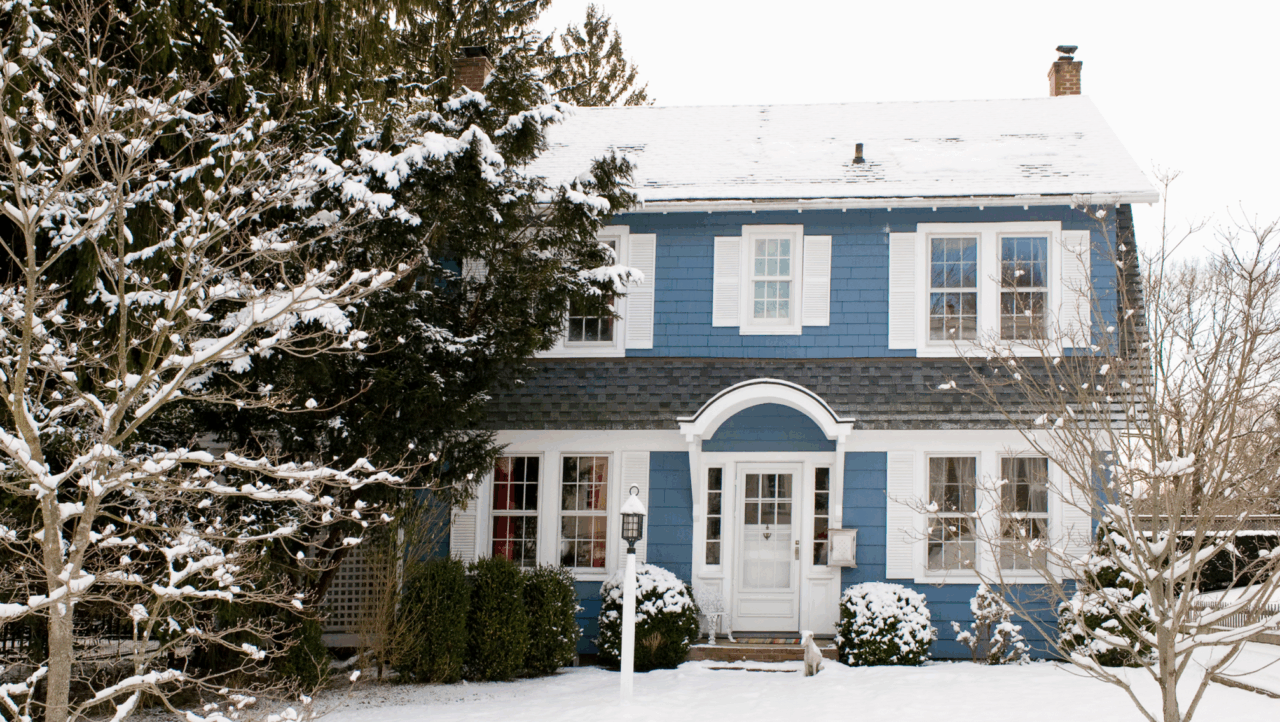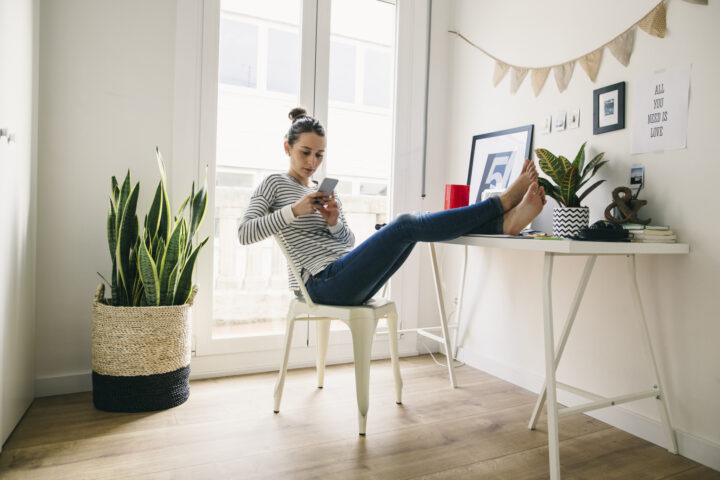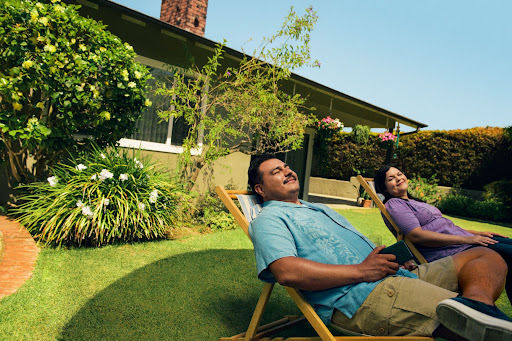How to Stage Your House for Sale
Put your home in the spotlight with these tips for staging a house to sell.
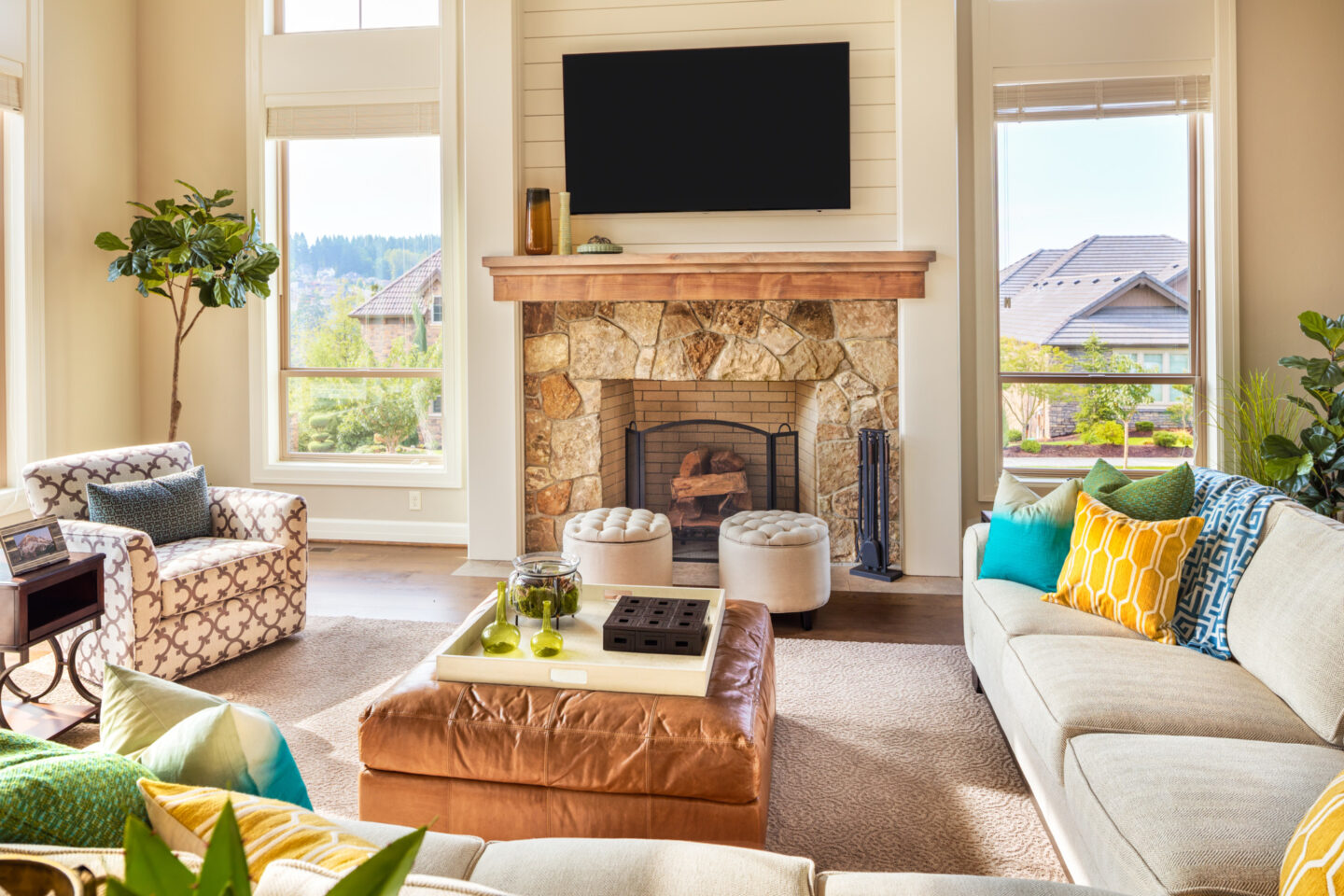

Written by Alycia Lucio on March 21, 2025
Key takeaways
- Declutter, depersonalize, and deep clean: Hide pet items/odors and brighten rooms with open blinds, fresh bulbs, and mirrors.
- Focus on high‑impact areas: Create an inviting living room, keep kitchen counters clear with simple accents, stick to neutral colors, boost curb appeal, and give undefined spaces a clear purpose.
- Choose your staging approach: Choose between a DIY, partial, full‑service, or virtual staging approach to keep the home “show‑ready” with simple daily upkeep.
When selling your home, first impressions aren’t just kind of important — they can make or break a sale. That’s where home staging comes in. Staging is more than just tidying up or rearranging your furniture and painting over a few worn spots; it’s a strategic process designed to highlight the best parts of your home and spark a connection with those who might be looking to buy it.
And the effort is worth it — according to the National Association of Realtors, 81% of buyer’s agents report that staging makes it easier for buyers to picture a property as their future home. By carefully and thoughtfully preparing each space, staging allows buyers to picture what it will be like to live there, ultimately increasing the likelihood of a faster and more profitable sale for you.
10 tips for staging a house to sell
Whether you’re planning to stage your home on your own or bring in a professional, these 10 tips for staging a home will make your home stand out in a competitive market:
1. Declutter every room
Less is truly more when it comes to staging. A clutter-free home feels open and inviting, giving buyers the impression that there is more space and, therefore, the house is more valuable. Pack away non-essentials, clear busy countertops, and organize closets for those casual peeks. If you’re short on storage, renting a temporary storage unit can help.
2. Depersonalize the space
Someone looking to buy a house wants to be able to imagine it as their own, so you’ll want to remove yourself from the equation. Minimize family photographs, personal keepsakes, and distracting bold decor. Aim for a more neutral atmosphere that appeals to a broad audience.
3. Deep clean like a pro
A clean house sends a strong message that it has been well cared for without needing a top-to-bottom remodel. Scrub floors, clean baseboards and ceilings, and dust those spots you usually ignore. Don’t want to do it yourself? Professional cleaning services can be a worthwhile investment.
4. Hide evidence of pets
Pet ownership shouldn’t distract from what makes your home shine. Temporarily tuck away pet items like beds, bowls, and toys. You’ll also want to address any lingering odors and consider having carpets professionally cleaned to ensure freshness. If you know a buyer is coming by to check out the house, it might also be worth it to temporarily board your pets or have them stay at a friend’s or neighbor’s place.
5. Maximize lighting
Bright, airy spaces tend to feel more welcoming than darker areas. Open up the blinds or curtains, replace low-wattage lightbulbs, and add table lamps if your rooms are feeling a little dim. Strategically placed mirrors can also amplify the light and create the illusion of more space.
6. Make the living room inviting
Buyers tend to form their very first impression upon stepping into the living room, so focus on staging the living room to make it as inviting as possible. Arrange furniture to promote conversation, add a cozy throw blanket or some pillows, and use subtle decor to make the space feel warm and functional.
7. Showcase the kitchen
The kitchen is another area of your house that can make or break a sale. Keep the counters free of clutter, polish up or put away appliances, and add simple touches like a bowl of fresh fruit or a flower bouquet to lighten up the space. A spotless, welcoming kitchen can make your home even more irresistible to the right buyer.
8. Stick to neutral colors
While you might appreciate bold wall colors and quirky patterns, they aren’t always as big a draw to potential buyers. Neutral tones, like soft whites and grays, provide a blank canvas that lets those looking at your home visualize their own style in the space.
9. Boost the curb appeal
Often overlooked, the exterior of your home can be just as important to homebuyers as the inside. That’s because the exterior sets the tone long before the buyer enters. Mow the lawn, freshen up landscaping, and update entryway touches like doormats, door signs, and potted plants. A power-washed driveway, walkway, and outer walls can make a huge, near-instant difference. Here are some ways to boost your curb appeal.
10. Define unused space
An empty room that has no real defining traits can sometimes confuse buyers. Instead of leaving it empty, stage it thoughtfully — a home office, a reading nook, or even a small indoor gym can demonstrate the potential of every square foot of your home.
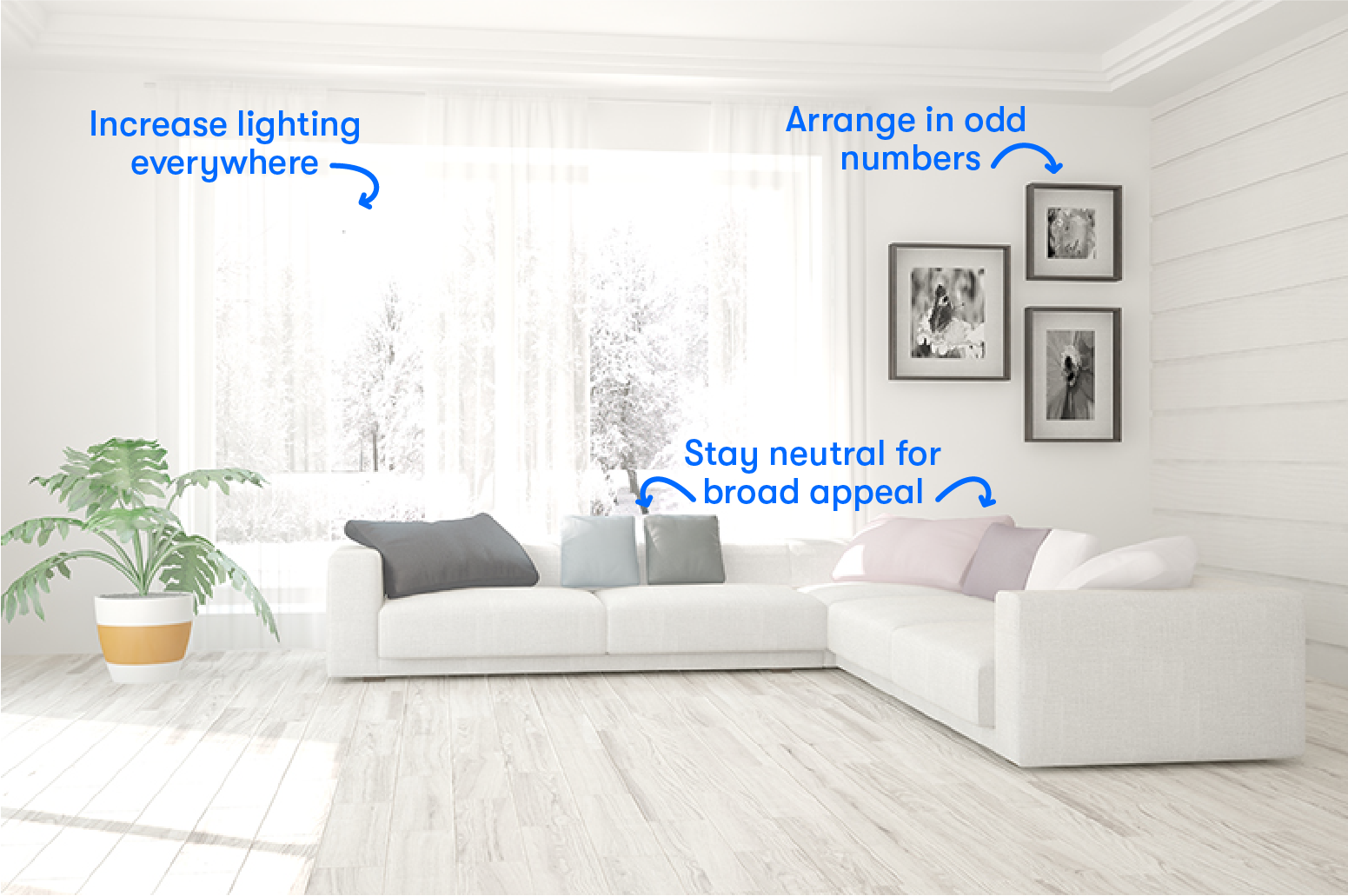
Ways to stage your home
You have a few options when it comes to staging your home to sell. You can take a DIY approach, hire a professional home stager, or even try out virtual staging. Each option has its advantages and disadvantages depending on your needs, budget, and timeline. Let’s go over each of these options together.
Full-service staging
A professional stager, or home staging company, will come in and handle everything from furniture selection to design execution. It’s the best option for busy homeowners who want a polished and cohesive look without the hassle of doing it themselves. While it provides the most thorough approach, it’s also one of the costlier options. On average, home staging costs around $995, with most homeowners spending between $598 and $1,201. However, depending on various factors, pricing can range anywhere from as low as $100 to as high as $3,250.
Partial home staging
If you want to save on costs but still make an impact, a partial staging service can be a great option. A professional will come in and focus on key areas, like the living room, kitchen, or bedroom. It offers a professional touch that can inspire you to do the other rooms without a full-scale redesign.
Virtual staging
Don’t have the ability to offer physical staging or have a vacant property for sale? Virtual staging uses digital tools to create realistic designs for your online listing photos. It’s a cost-effective solution when live staging isn’t an option. The only drawback to virtual staging is the inability to walk through the home. However, 62% of buyers in 2024 said they wished more listings had 3D tours available, and 72% said a 3D tour would help them get a better feel for the space than a static photo. Zillow recently acquired Virtual Staging AI, a virtual staging technology that will be integrated with Zillow Showcase. This tool will allow sellers to elevate their listings on Zillow.
Live-in staging
If you are staying in your home while selling, live-in stagers can help balance your comfort with overall presentation. They’ll work with what you already have in the house and guide you on arranging the space to appeal to potential buyers.
DIY home staging
DIY staging is an affordable option that lets you take full control of the process. Following simple staging tips like those above can make a big difference. Just make sure to allow enough time to complete your checklist before your listing goes live.
How to maintain your staged home
Once your home is staged to perfection, the real challenge becomes keeping it that way. Daily upkeep goes a long way: make up the beds, wipe down surfaces, and keep the clutter to a minimum. A quick-cleaning kit for pop-in showings will be your best ally during this time, along with maintaining a minimalist mindset until your home is sold.
Ideally, your home will sell quickly, but if it takes some time, hiring a weekly cleaner, investing in a robotic vacuum, and having a pet sitter on-call can make the logistics of last-minute showings easier.
By following these staging strategies, you’re putting your home in its best light. A well-staged home not only increases marketability but also helps make sure that potential buyers fall in love with the space. Now’s the time to take that next step — get a home valuation or explore comparable listings in your area to see how your staged home shines among the competition.
Tags
Ready for a new address?
Get an instant cash offer or list with a local partner agent.
Explore selling optionsRelated Articles
Sell your home with a winning strategy
Here’s how to maximize your home sale with the right selling plan.

Build a smart selling plan
Talk to your agent about their marketing approach - especially online - to ensure you’re getting the best possible price for your home.

